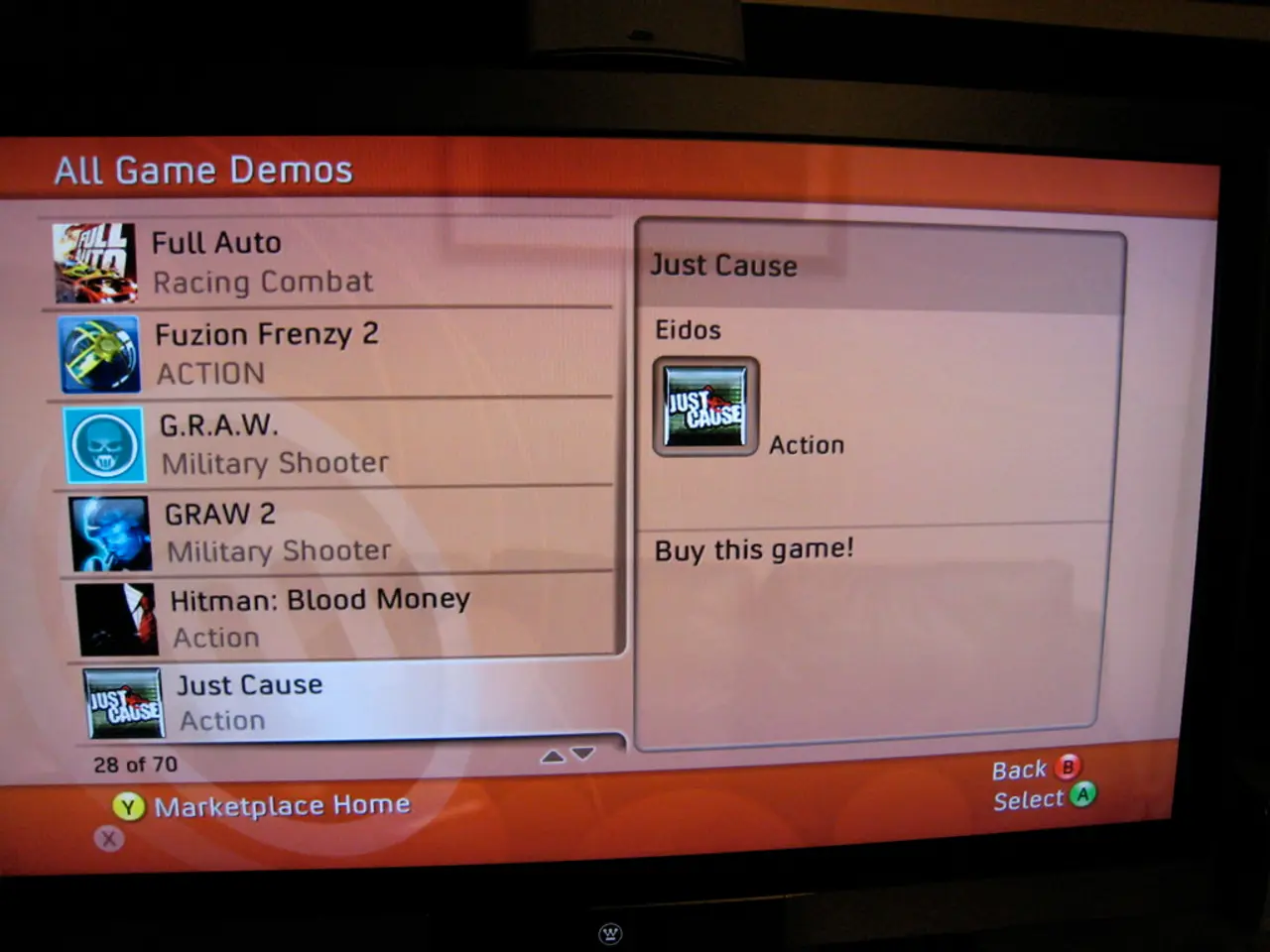Transforming Traditional Media Consumption: Embracing Interactive Design
In the ever-evolving digital landscape, the focus is shifting towards interactive and participatory content. This trend is driven by social media culture, advances in technology, gamification, and user agency.
One agency leading this charge is KOTA, a Creative Digital Agency based in Clerkenwell London. KOTA specialises in Creative Web Design, Web Development, Branding, and Digital Marketing. To mark their 10-year anniversary, they created The KOTAVERSE, a fully immersive digital experience that showcases their passion for interactive design. The KOTAVERSE uses 3D visuals, playful animations, and seamless transitions to transform storytelling into an experience.
The KOTAVERSE is not just an exception in the entertainment industry; it's a testament to how interactive design can be used to showcase company milestones, brand identity, and creative vision. Another example is the revamp of "ISI Global 2025" by LOOP Creative Digital Agency, which created a new digital identity for the brand.
The internet has transformed from a static, text-heavy platform to an interactive one. Websites now serve as interactive gateways, dynamically changing content based on past behaviour to create a sense of exclusivity and keep users engaged longer. This is in line with the audience's readiness for interactive and participatory content. Websites that remain static may need to be rethought to keep up with this trend.
Interactive content generates higher engagement, has higher retention rates, and leads to a 25% increase in conversion rates. Personalisation in digital experiences builds a deeper, more meaningful connection than static media ever could. Interactive storytelling allows users to influence the direction, pace, and even the outcome of a story, using branching narratives, scroll-based animations, parallax effects, and multimedia elements.
Gamification in web design taps into our innate love of competition and achievement. Elements like progress bars, achievements and rewards, quests and challenges, and dynamic leaderboards are used to engage users and encourage them to interact more with the content.
The future of content engagement is about making users part of the content, not just consumers of it. This is where tools like the Brand Pulse Audit come in. This new tool helps brands assess their brand health by turning passive assessments into engaging and customised experiences. It's a powerful tool for various industries, not just entertainment, as interactive web design is no longer limited to entertainment brands.
Interactive content helps marketers understand their audience on a deeper level by providing insights into user behaviour, preferences, and intent. This understanding can be used to create more personalised and engaging digital experiences, further fuelling the cycle of interactive content creation.
In conclusion, the future of digital content is interactive, personalised, and immersive. Whether it's through gamified digital spaces, immersive brand environments, AI-driven content customisation, or augmented reality shopping experiences, the focus is on creating experiences that engage users and build deeper, more meaningful connections.
Read also:
- visionary women of WearCheck spearheading technological advancements and catalyzing transformations
- Recognition of Exceptional Patient Care: Top Staff Honored by Medical Center Board
- A continuous command instructing an entity to halts all actions, repeated numerous times.
- Oxidative Stress in Sperm Abnormalities: Impact of Reactive Oxygen Species (ROS) on Sperm Harm








